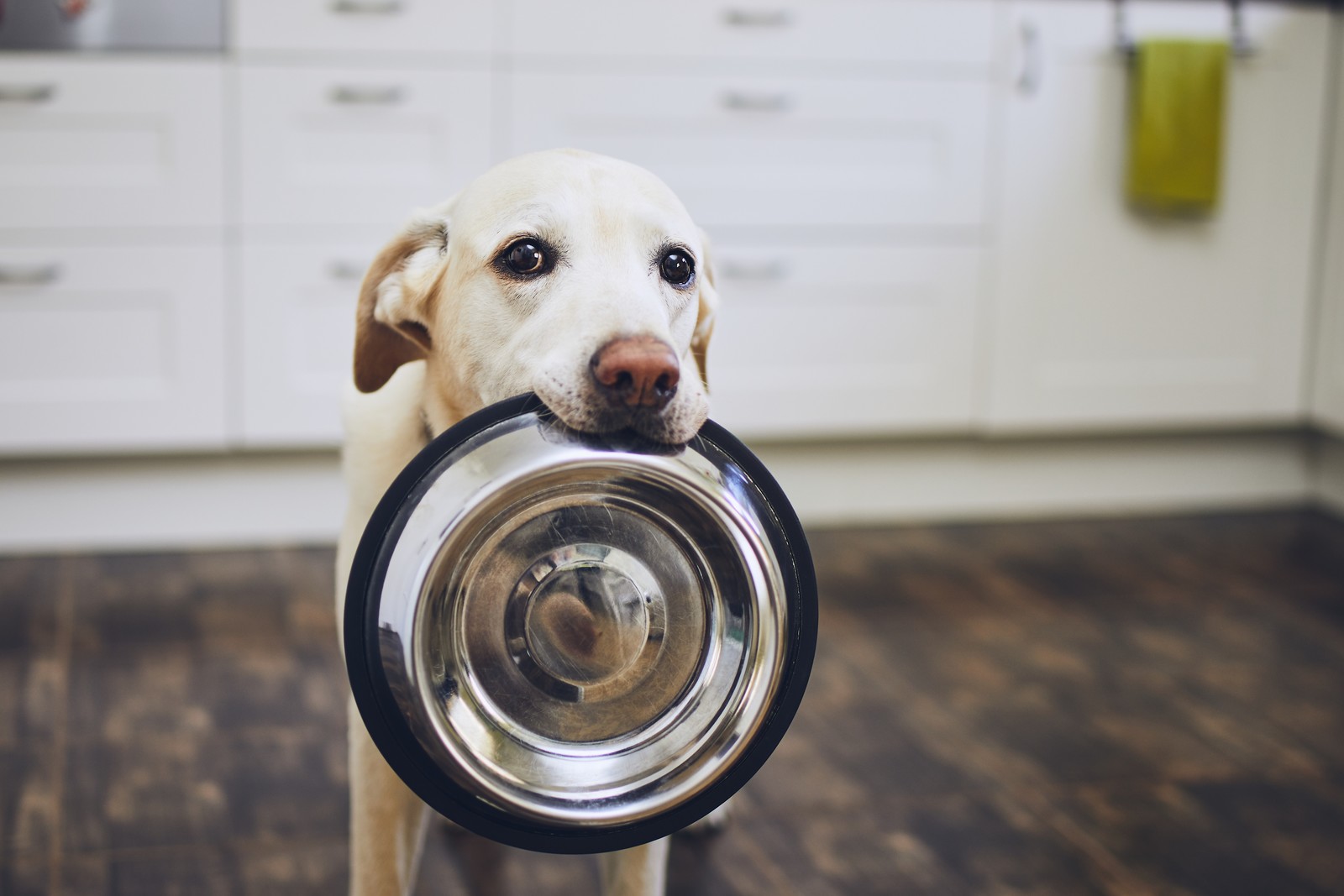by Natalie Friedrich Kidd
A part of us dies when we lose a pet. The grief is profound. Our sadness can hover over us like a dark cloud for weeks or even months. Our dogs are members of our family. We know we feel sad and alone when we lose our furry, four-legged best friend, but how do our other dogs feel? They may be feeling a great deal of sadness, too.
Signs and Symptoms
It appears that dogs have the capacity to mourn the death of a canine companion, but there is no definitive research on the subject. There are many factors that may affect a dog’s behavior after the death of a canine housemate. If the dogs were very close to each other, shared the same doggie bed and played together, they will be more likely to grieve when one dies. The dogs are like siblings to each another, so when one passes away it’s like losing a brother or sister. On the other hand, if they really didn’t have much interaction with each other beyond sharing the same household, they might not grieve. Not all dogs grieve. “Some dogs may mourn the loss of a companion while others may celebrate the absence of a housemate,” states Theresa DePorter, DVM, MRCVS, dip ECVBM-CA, of Oakland Veterinary Referral Services in Bloomfield Hills, Michigan.
The symptoms of mourning can vary greatly from one dog to another. Some dogs may experience depression, listlessness, and inactivity, while others may be easily excited or agitated. Any change in their normal behavior or activity level may indicate that your dog could be mourning. For instance, if your Lab was always ready to play with his tennis ball and now he has no interest in playing, he may be grieving. Most Labs have three major loves: food, water and play. Take note if anything changes. “The thing about Labs is that they are always ready to eat. Period. So, when your Labrador retriever doesn’t eat, you can tell that something is really wrong,” states Lisa Radosta, DVM, DACVB of Florida Veterinary Behavior Service in Royal Palm Beach, Florida.
A dog might have a tougher time dealing with the death of his companion if he followed the other dog in activities such as playing and eating. “There is a period of instability,” says Myrna Milani, BS, DVM, of TippingPoint Animal Behavior Consulting Services in Charlestown, New Hampshire. The dog might seem confused or unsure for a little while after the death of his housemate until he adjusts to the new living arrangement.
Be aware that your own behavior regarding the death may, in turn, affect your dog’s behavior. “Labradors are especially skilled at reading our emotional state and responding to our cues. If the owner grieves by crying, sleeping, or avoiding interactions and normal routines, then the dog may be especially clingy, mopey, or even aloof,” says DePorter, who breeds Labrador retrievers and has five Labs of her own. She adds, “Labs are resilient, adaptable, and easy going. They may actually seem to rebound to the loss of a companion dog quicker than other breeds.”
You will more than likely see signs of improvement in your dog in about a month.
Help For Your Lab
“Play is great therapy,” asserts Milani. Take your dog outside to play. If your dog isn’t interested in his usual favorite pastimes, try something new. Change it up. When you go out for a walk, take a different route. Go for a drive if your dog enjoys car rides.
“Hug your dog when you need a friend, and hug him when he needs a friend, but then get him up and get him engaged in something else so that he can get his mind off of his grief,” advises Radosta.
Dogs may have the ability to tell when a canine companion is ill. Therefore, the death might not come as a shock to them when it does happen. While having the remaining dog present at the time of euthanasia isn’t necessary, it may help to allow your Lab to sniff the body after the passing. “In my experience, it appears the dog gets information from sniffing and then accepts the death relatively quickly,” states DePorter.
Take preventative measures to minimize or eliminate grieving behavior. “Develop your dog’s sense of self as an individual by having individual playtime,” suggests Milani. Some dog owners will do everything with both dogs at the same time. The dogs establish their identity as a group, not as an individual. If one dies, the remaining dog will have a much harder time coping with the loss. If you spend time with each dog on an individual basis as well as a group, the dogs might have an easier time dealing with a death.
Help For You
Some people stop walking their dogs because they don’t want to meet someone who might ask about their deceased dog. It’s too painful for them to answer questions about their dog. If that’s the case, take a new route or go to a different park.
“I encourage owners to hug their dog when they are grieving. Contact lowers the owner’s blood pressure and her dog’s,” says Radosta. It’s okay to grieve. Focus on the good times you had with your dog. There are online forums and websites such as www.rainbowbridge.com where you can share happy memories of your dog with others.”







